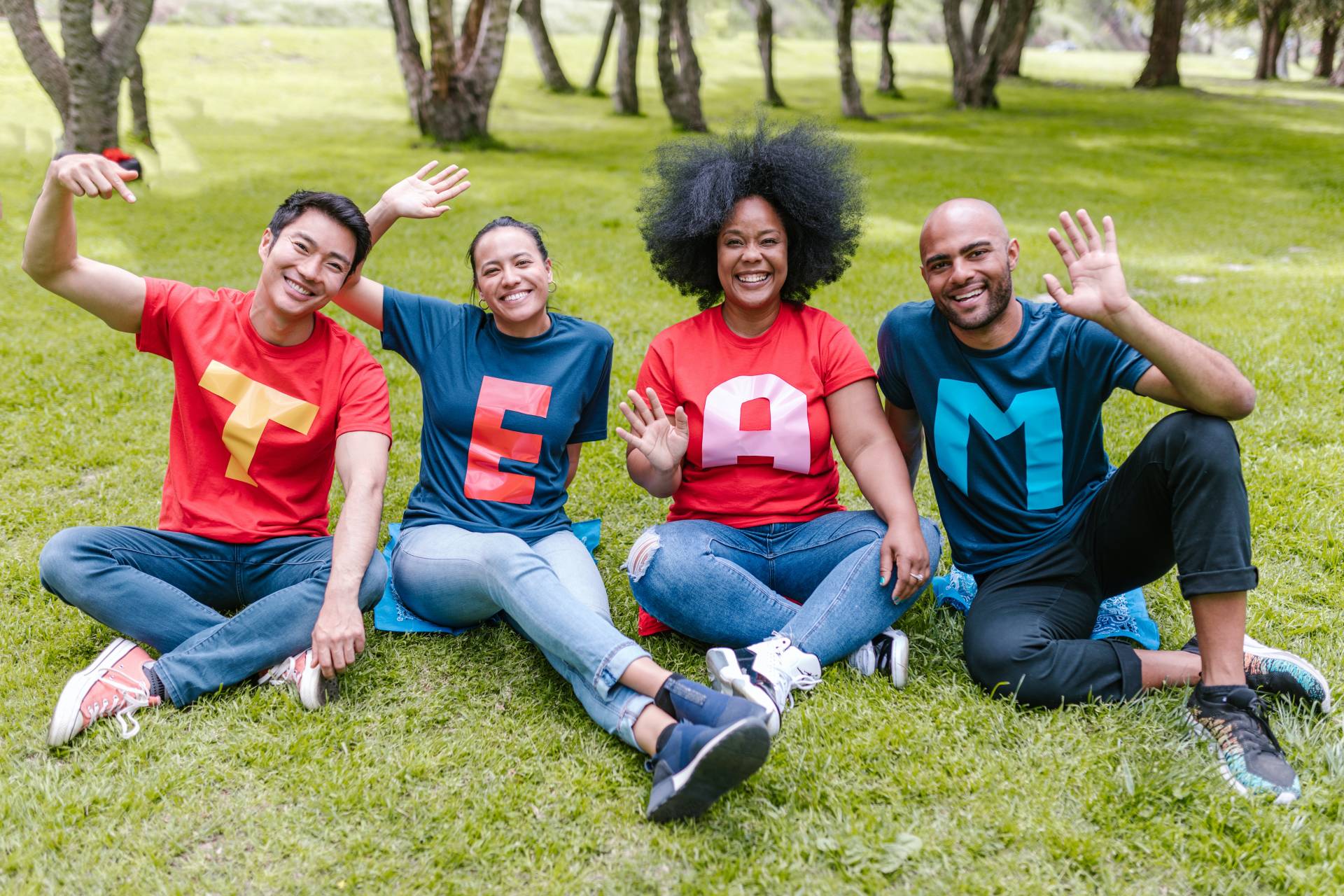

We’ve all been to boring meetings that are painful to sit through. As a manager, you don’t want to have that kind of meeting. How can you make them more fun? Some of your team won’t want to do these types of activities and shouldn’t be forced, but most may find the changeup fun.
You won’t want to do these at every meeting, but a couple times a month is about right.
Ice Breakers and Warm Ups
In professional meetings, icebreakers and warm-ups are fun for creating a welcoming and inclusive atmosphere, encouraging teamwork, and raising participant involvement. Here are four factors that highlight the significance of icebreakers and warm-ups in business meetings, along with some suggested activities:
Building Connections and connections:
By allowing participants to get to know one another personally, icebreakers foster teamwork and the development of connections. For instance, you may invite each participant to introduce themselves and share an interesting fact about themselves, or you could play the game “Two Truths and a Lie,” in which participants each give two true statements and one false statement, and the other participants must determine which is the false one.
Warm-ups and icebreakers help create a favorable atmosphere for the meeting and promote active participation from all attendees. The goal of games like “Human Bingo” and “Find Someone Who” is to get people talking, asking questions, and finding things in common. As a result, everyone will feel comfortable participating during the meeting and help break the ice.
Energizing and Refreshing the Mindset:
Meetings can occasionally seem repetitive or monotonous, which can lead to lower involvement. Participants are energized, and their attention is brought to the agenda by warm-up exercises. For instance, to help participants re-energize and refocus their attention, you can begin with a brief physical warm-up, such as stretching exercises or a brief mindfulness practice.
Enhancing Creativity and Problem-Solving Skills:
Warm-ups and icebreakers that include creative thinking or problem-solving can pique participants’ interest and encourage a more imaginative and collaborative mindset. Teamwork and critical thinking are required for exercises like “Build a Tower with Limited Materials” and “The Marshmallow Challenge”. These exercises might encourage attendees to approach the agenda of the meeting from a new angle and with an open mind.
Remember to pick icebreakers and warm-ups that are appropriate for the meeting’s objectives, respect attendees’ tastes and sensibilities, and foster a welcoming environment. Warm-ups and icebreakers should be quick, entertaining, and customized to the particular requirements and team dynamics.
Funny Visuals
Funny visuals can be a valuable asset in professional meetings as they add an element of humor, capture attention, and make information more memorable.
Grabbing Attention and Enhancing Engagement:
Humorous graphics grab people’s attention right away and increase their openness to the information being presented. They foster an environment that is upbeat and interesting, promoting involvement. For instance, you can add comedy to your presentation slides by including humorous drawings, memes, or illustrations relevant to the meeting’s topic.
Making Information Memorable:
Humor improves memory consolidation. Information is more memorable and simple to remember when it is combined with humorous pictures. You can design amusing infographics, visual metaphors, or diagrams to illustrate crucial ideas creatively and interestingly. This helps attendees retain the material long after the conference has ended and also increases understanding.
Strengthening Communication and Connection:
Funny images have the power to communicate across all cultures and languages. They offer a common experience that unites people and improves the bond between team members. Use humorous movies or snippets that are pertinent to the meeting’s subject matter and can encourage participant interaction.
Videos or Clips
Meetings can be made more enjoyable, dynamic, and engaging by using video snippets. Here are four excellent methods to use video snippets to improve meetings:
As an ice breaker or energizer, play a brief, humorous video clip to get the meeting going. It might be a funny commercial, a funny moment from a movie or TV show, or a funny sketch. This aids in grabbing participants’ interest right away, lightening the tone, and fostering a comfortable environment. Additionally, it acts as a discussion opener, promoting contact among individuals.
Video clips can be practical tools for visually illuminating complicated topics and ideas in an interesting way. Choose video clips that communicate the message or provide real-world examples instead of relying solely on verbal explanations or slides. The material is easier to learn and remember due to its visual representation. Look for entertaining or instructional videos that relate to the meeting’s theme and objectives.
You can also promote teamwork and collaboration by employing video snippets that inspire debate or inspire group activities. You could, for instance, play a quick team-building activity video that requires participants to collaborate to find a solution or complete a creative task. These movies encourage teamwork, problem-solving, and communication skills among members of the group while also adding a sense of pleasure.
Include video segments to give participants a mental break and to keep team members interested. Depending on the desired outcome, these clips may be amusing, inspirational, or motivating. Participants can unwind, refuel, and maintain focus by watching uplifting scenes from movies, motivational talks, or brief comic sketches during the meeting.
Videos and clips can be great, but ensure that they don’t go too far or get overused. Make sure that any video clips you use are pertinent, appropriate for the audience, and in line with the meeting’s goals. Consider your time limits when selecting short but effective video snippets.
The Balance of Humor and Seriousness
It’s crucial to strike a balance between seriousness and comedy in business meetings to foster a culture of good communication. To accomplish a variety of goals, it is crucial to strike the correct balance between these two components.
Humor can help break the ice, reduce stress, and promote active participation in meetings. Participants are more comfortable sharing their ideas and opinions in this more informal and enjoyable setting. In addition to strengthening bonds and rapport within teams, humor may help develop a spirit of camaraderie and close divides between people. Humorous exchanges and laughter foster a supportive workplace culture where employees feel connected and appreciated.
On the other side, keeping a serious tone guarantees that the meeting’s goals are taken seriously, encouraging attendees to be focused and have a feeling of purpose. It conveys the significance of the subjects under discussion and establishes a professional tone. To ensure that professional boundaries are upheld and that communication is clear, concise, and focused on achieving the meeting’s goals, it is essential to strike a balance between humor and seriousness.
Yes, you can keep your serious tone
Although comedy can increase involvement and create a positive environment, it’s crucial to maintain a serious tone to keep the meeting on schedule and increase productivity. Participants can stay on task and prevent lengthy digressions by balancing humor with an emphasis on the agenda, time management, and meeting results. This ultimately results in meetings that are more effective and productive, and where members are motivated to participate.
Image Credit: Pexels; Rodnae Productions; Thank You!


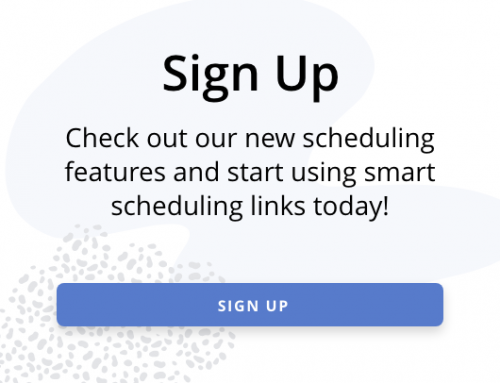



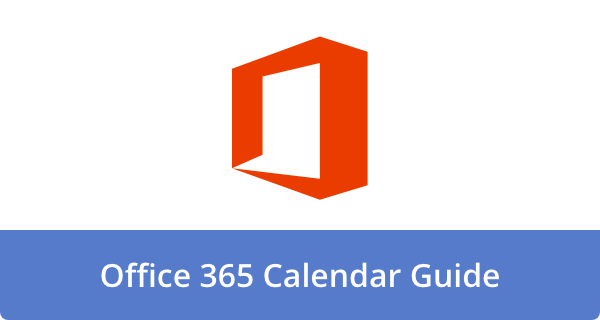
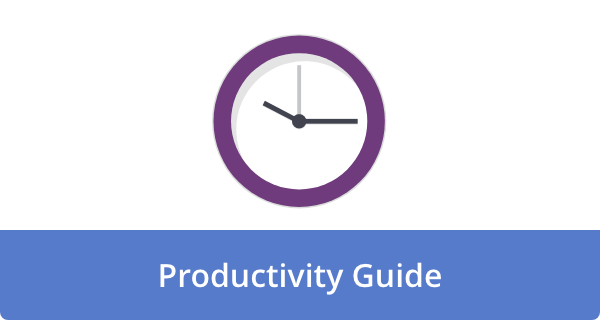

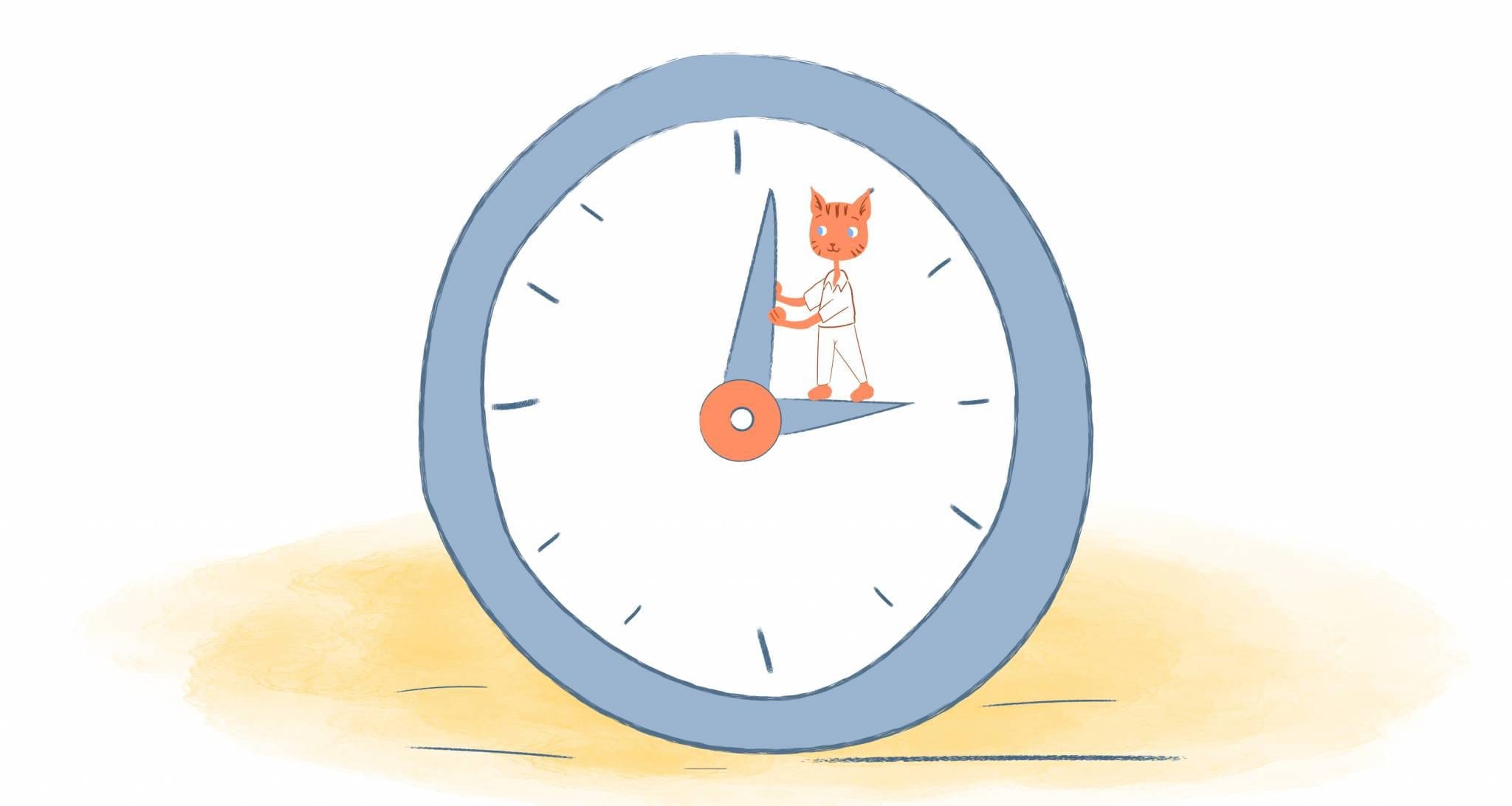
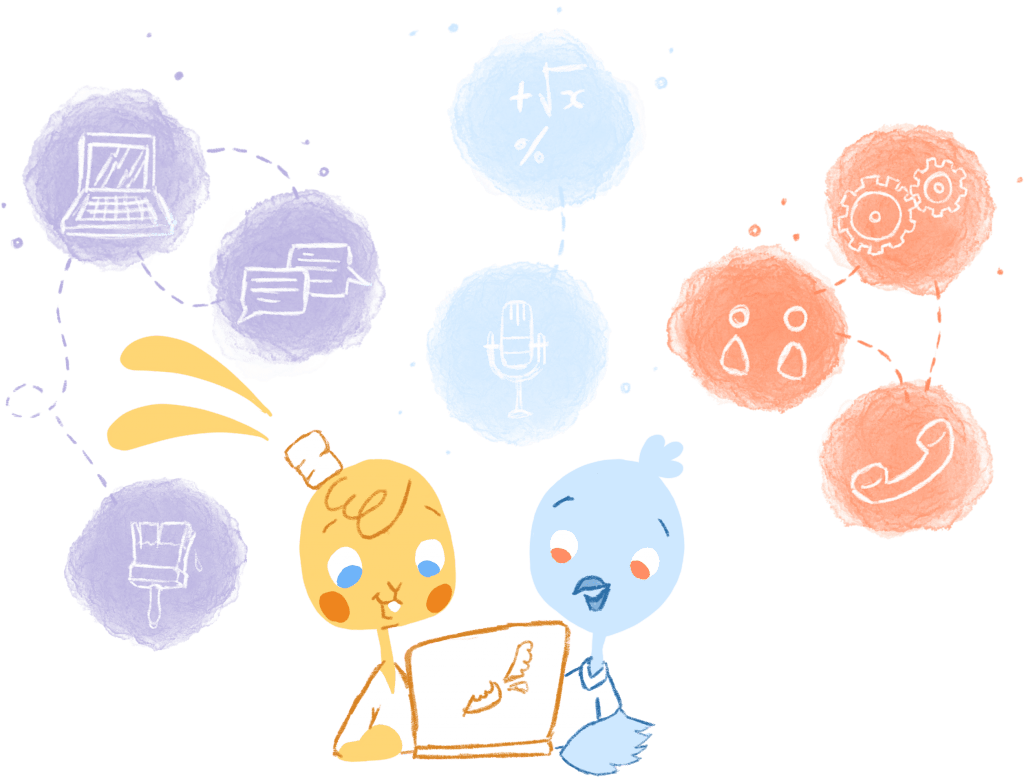
Matt Rowe
Matt Rowe is a current Marketing Student at Brigham Young University. He has worked in Product Marketing, Field Marketing, Data Analytics, and Digital Marketing. Matt is fluent in Cambodian, and is interested in productivity and leadership.